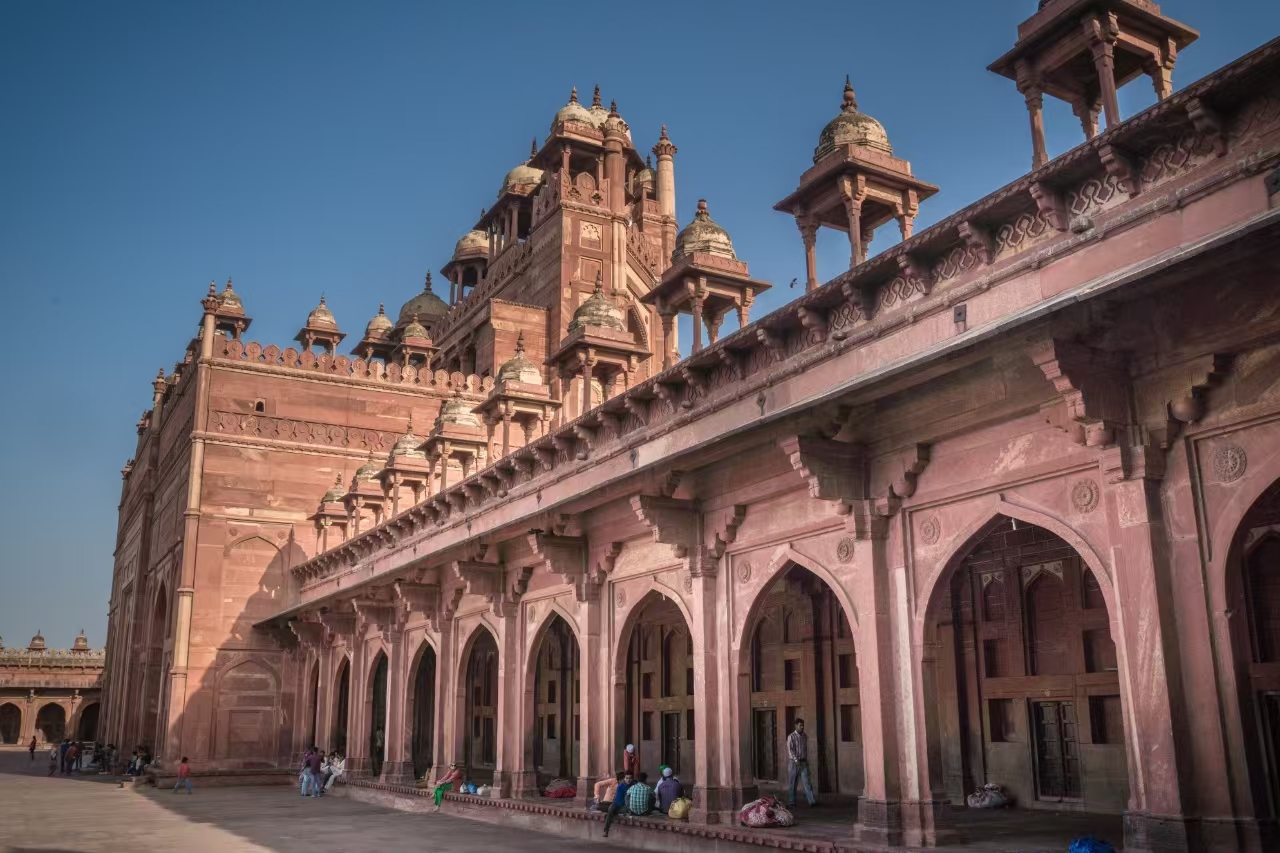 The Reserve Bank of India at 100: Preparing For Climate Change
The Reserve Bank of India at 100: Preparing For Climate Change(Yicai) Aug. 21 -- North and central India have just endured one of the longest heatwaves since records began, with issued for six states including Delhi (the capital) and Uttar Pradesh (the country’s most populous state, home to around 240 million people). Now exceptionally heavy monsoon rains are devastating much of the country.
Tens of thousands suffered heatstroke, with some even tragically dying from the extreme temperatures or flash floods. And the impact of these extreme weather events will continue to be felt. Such scorching temperatures of grains, vegetables, fruits, and milch animals, affecting farmers’ incomes and food prices for months after the event. Nor are such heat waves going to be a one-off: .
It is through such channels that climate change has become an urgent priority for the Reserve Bank of India (RBI), which first started considering climate risks because of their clear impact on its functional priorities such as managing inflation. Volatile food prices, for example, can threaten its ability to maintain financial stability. So do soaring energy costs, which account for an .
Is India’s financial system ready for the climate crisis? The bad news is that no country in the world has a financial system that is fit-for-purpose in a climate-changed world.
The good news is that the RBI is already making preparations, and is more advanced than many of its peers. On May 21, the governor of the RBI laid out its in 2035. Alongside the more predictable aims for a central bank, like liquidity management, deeper financial inclusion and expanded credit availability, the ‘RBI@100’ aims to “deal with climate change”.
The RBI first recognized climate-related financial risks in 2019. Since then, its staff have been undertaking increasingly sophisticated analyses of the scale of those risks, including both physical impacts, such as extreme heat or flooding, and transition impacts, such as the declining demand for internal combustion engines with the rise of electric vehicles. (The ODI and Climate Bonds Initiative have undertaken their own analysis of Indian financiers’ . Spoiler alert: It’s very high.)
So, what’s on the RBI’s to do list now? It has already released a , applicable to all Indian financial institutions and non-banking financial companies. Next it is aiming to finalize the guidance for regulated entities on scenario analysis to equip them to stress-test their portfolios.
The governor’s statement sends a welcome and clear signal to Indian banks that they will need to manage climate-related financial risks and pursue low-carbon opportunities going forward. The RBI’s successive announcements on climate risks and sustainable finance have instigated concrete change in the way that banks approach these topics.
In a , a new advisory firm specializing in sustainable finance, the team found only four out of the 10 largest banks collected any information on environmental, social, and governance risks. Even these four frontrunners did not use the information to assess credit risks, price loan products, or in business continuity planning. Now that is starting to change.
In part, this gap was because Indian credit and risk officers need better data and new skills on assessing the materiality of risks. Fewer than half of the finance professionals surveyed were familiar with basic environmental issues such as climate change mitigation and adaption, greenhouse gas emissions, or transition risks. Only one in five have experience in applying established methods to assess such risks. This is not unusual: Credit and risk officers in the European Union, China and the United States are also on a steep learning curve as their regulators start to consider climate change.
India used its G20 presidency to accelerate action, not only within the country but across the global south. One of the centerpieces of the New Delhi Leaders’ Declaration was the , which laid out a path to build much-needed capacities in sustainable and transition finance. The plan will allow such countries to unlock more resources to decarbonize some polluting industries, like chemicals or iron and steel, as well as to decommission some polluting assets, like coal mines and power plants.
For bankers who are typically providing loans with a tenure of just a few years, climate change might not seem like an immediate threat to their balance sheets. But as the sweltering temperatures and heavy rains across India have demonstrated, climate change is already making itself felt - and the impacts will only get worse.
India’s financial sector is not yet ready for a hotter world. But bolder action from the RBI is laying the foundations for a more climate-resilient banking system.
This article was first published by .
Suma Chakrabarti, IFF Advisory Committee Member, Chair of the Board of Trustees of ODI, Former President of the European Bank for Reconstruction and Development (EBRD)
, Head of the south Asia programme at the Climate Bonds Initiative